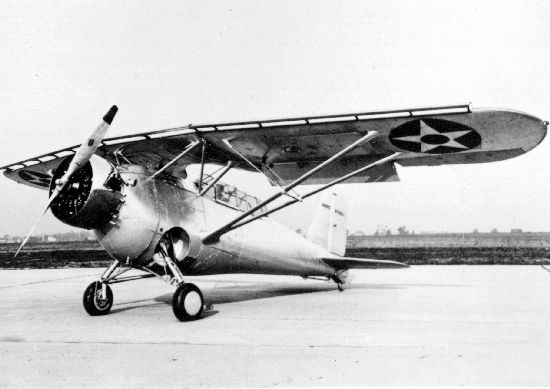Riain
Banned
The sort of aircraft not in squadron service such as the EE Lightning? Aircraft that don't exist such as the ground attack and recon versions of the EE Lightning?
The F11F-1F/F12F was no more a paper airplane than the EE Lightning at the time of the competition.
The F11F was the basis for the F11F-1F/F12F. The F11F first flew in 1954, and the F11F-1 was in squadron service in 1956.
The F11F-1F was an up-engined F11F-1 and the demonstrator of the F12F. The changes in F11F-1 were fairly minimal. The F11-1F had a GE J-79 engine instead of the Wright J-65 engine of F11F. It also had a fuselage plug to hold the bigger engine, increasing it's length by 35 inches, plus other minor changes to fuselage, inlets, and windshield. From design initiation to finished F11F1-1F took Grumman just 9 months. The F11F-1F first flew onn 30 May of 1956, 10 months before the EE Lightning's first flight on 4 April 1957.
The F12F is what the F11F-1F production model would have been called F12F. It would have differed from F11F-1F in having a larger wing for more tankage for the larger, thirstier J-79 and different radar. (I believe that the F11F-1F had folding wing; the F12F wouldn't have this.)
Most of the F11/F11-1F/F12 history is set out in U.S. Naval Air Superiority: Development of Shipborne Jet Fighters 1943-1962
This tome does note that Grumman had an entirely different design for twin engined jet called Design 118, to compete for the contract that the McDonnell Phantom II won. Design 118 is sometimes incorrectly referred to as the F12F. That project didn't go very far forward. Is it possible that this what you think @cjc and others mean when they refer to the F12 rather than the F11F variant? The F11F variant is the one that Grumman proposed to sell to Germany. The other Grumman project was a paper airplane
Firstly, let me say that the political situation in Britain precludes the export of the Lightning to Germany, IOTL when the Luftwaffe looked at it they were told by British government people not to buy it. It wouldn't matter how good the plane was with the British government actively working against the aircraft no export customer in their right mind will buy it. However for the purpose of this exercise I do some mental gymnastics and assume Britain has some sense and supports the aircraft both for the RAF and exports.
As for the Lightning being a paper plane in 1958, that is simply incorrect. 20 P1B pre-production, development batch aircraft were ordered in Feb 54, 2 P11 trainer prototypes in May 56, 20 F1 and 30 F1A in Nov 56 and 30 T4 in June 58 and the RAF were farting around with the F2 order with 50 finally being ordered in Dec 59. So while the Lightning wasn't in sqn service when the Luftwaffe was looking at it the development batch production was well underway, as was the aircraft for the first 3 sqns and backup like 2 seaters were under construction and more on order. Britain had a lot more capacity to speed up Lightning production and churn out much greater numbers than OTL, making it much more of a contender than other non US manufacturers.
